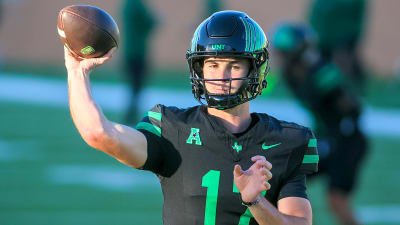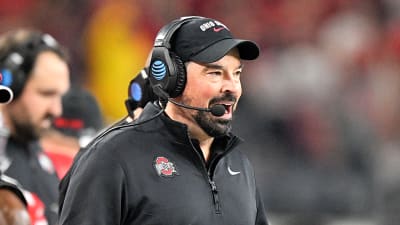x
It feels weird to be reviewing this game in 2024, after having my fill in 2022. Warner Bros’ MultiVersus basically had a full launch already – a full suite of purchasable characters and cosmetics, decent online play, and a small but reasonably excitable community. New characters and stages were being announced and launched regularly! And then it all just stopped as MultiVersus was taken offline entirely, leaving players with nothing, until now. After being taken offline for just shy of a year and having the engine switched from Unreal 4 to 5, MultiVersus is back and nobody is quite sure why it is worse. There’s no question about it, the game is visibly slower and far less responsive. While you could adjust the input buffer you desire in the beta version of the game, now you’re stuck with a 30-frame input buffer – I repeat, the game will execute any button input you press for a full half second. Double-tapped that attack button in excitement? You’re gonna be executing two attacks, whether you like it or not.
More must-reads:
- NFL Week 18 winners, losers: Raiders win No. 1 pick; Ravens sent packing
- 'SNF' takeaways: Steelers take down Ravens in thriller to win AFC North, clinch final playoff spot
- The 'Heisman Trophy winners since 2000' quiz
Breaking News
Trending News
Customize Your Newsletter
 +
+
Get the latest news and rumors, customized to your favorite sports and teams. Emailed daily. Always free!








